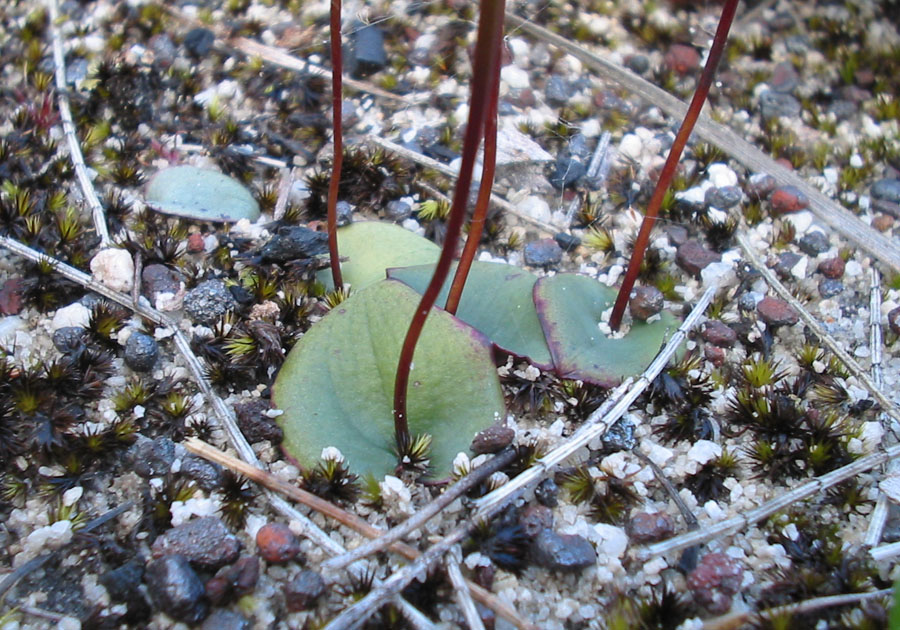April Fools’ in the Botanical World
go.ncsu.edu/readext?995915
en Español / em Português
El inglés es el idioma de control de esta página. En la medida en que haya algún conflicto entre la traducción al inglés y la traducción, el inglés prevalece.
Al hacer clic en el enlace de traducción se activa un servicio de traducción gratuito para convertir la página al español. Al igual que con cualquier traducción por Internet, la conversión no es sensible al contexto y puede que no traduzca el texto en su significado original. NC State Extension no garantiza la exactitud del texto traducido. Por favor, tenga en cuenta que algunas aplicaciones y/o servicios pueden no funcionar como se espera cuando se traducen.
Português
Inglês é o idioma de controle desta página. Na medida que haja algum conflito entre o texto original em Inglês e a tradução, o Inglês prevalece.
Ao clicar no link de tradução, um serviço gratuito de tradução será ativado para converter a página para o Português. Como em qualquer tradução pela internet, a conversão não é sensivel ao contexto e pode não ocorrer a tradução para o significado orginal. O serviço de Extensão da Carolina do Norte (NC State Extension) não garante a exatidão do texto traduzido. Por favor, observe que algumas funções ou serviços podem não funcionar como esperado após a tradução.
English
English is the controlling language of this page. To the extent there is any conflict between the English text and the translation, English controls.
Clicking on the translation link activates a free translation service to convert the page to Spanish. As with any Internet translation, the conversion is not context-sensitive and may not translate the text to its original meaning. NC State Extension does not guarantee the accuracy of the translated text. Please note that some applications and/or services may not function as expected when translated.
Collapse ▲Many plants use deceptive methods to achieve their main goal in life; pollination. There is one family in particular that has mastered this talent, the Orchidaceae. The orchid family is comprised of over 30,000 species, spread over 850 different genera. Some of those species have mastered what could be seen as the ultimate April Fools’ prank. These plants use their floral morphology to mimic the female of many bee or wasp species.
Orchids are masters at niche pollination, meaning they often target a single species to pollinate them. This has led to highly specialized, diverse flower morphology. One example is the species Drakaea micrantha, which has extremely unique morphology and hide quite the trick if you are a male thynnid wasp.

Drakaea micrantha flower, the labellum is on the right mimicking the female wasp. You can see the hinged part of the flower just above.

Drakaea micrantha leaf, the plant usually has one single leaf with a flower spike coming out of the center.
Drakaea micrantha is pollinated by male thynnid wasps. The females of the wasp species are flightless and when ready to mate they summit on grass blades or sticks. They also release a phenome that attracts the flying males to them. D. micrantha has evolved to mimic the female wasp by positioning the flower just as to the same height where female wasps are found. The labellum of the flower also resembles that of the female wasp. The orchids have gone so far as to produce a scent that mimics the pheromone of the female wasp. This leads the males to visit the flowers and attempt to mate with it. The orchid holds yet another trick, its labellum is hinged. This caused the wasp to be thrown into the column of the orchid thus removing the pollinia or achieving pollination.
Small nuances and tricks like this are ever so prevalent in our natural communities. These specialized species may not know of April Fools’ day but they are masters of the craft. This interesting and dynamic pollination strategy however, isn’t always great for the plant. This specialization puts it at higher risk of extinction. The smaller the niche is the more likely climate change will affect the species overall.





